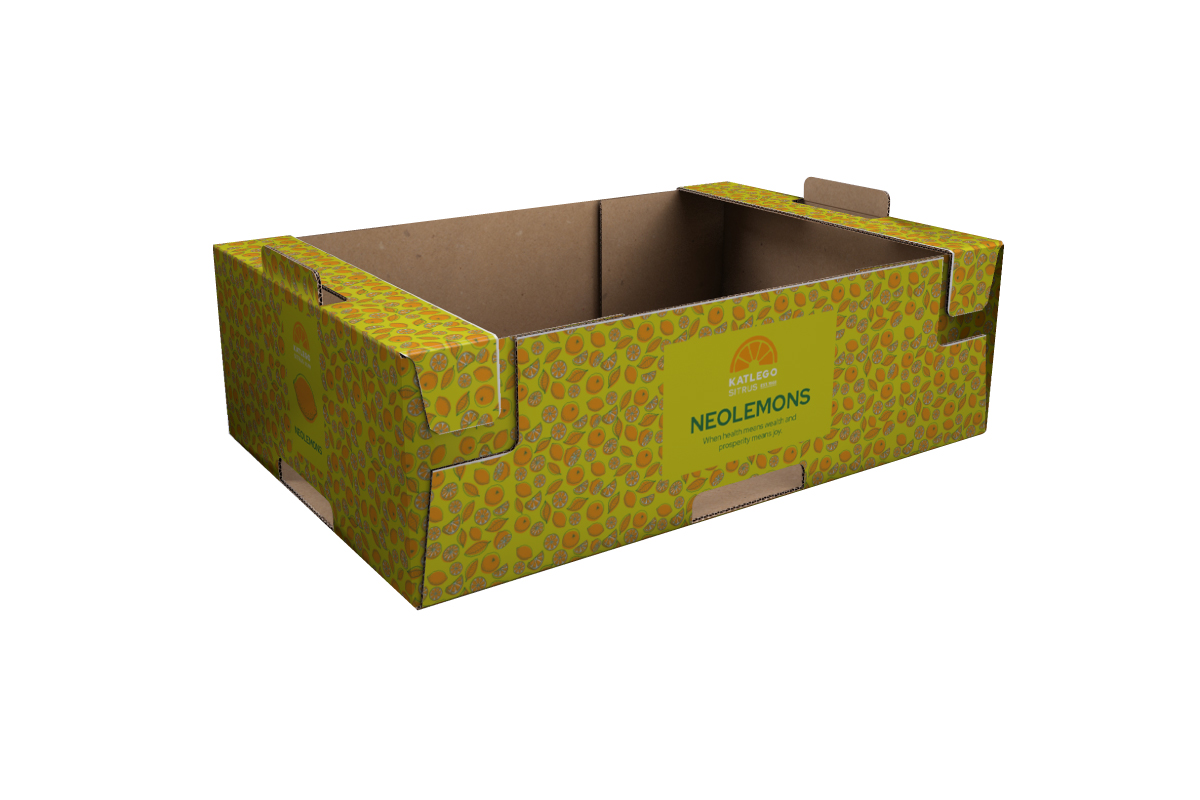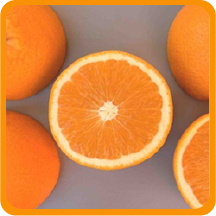
Fresh citrus grown for
health wealth prosperity joy .

Turkey
This variety originates from Turkey (of course!). Its main distinguishing characteristic is its earliness, maturing up to 6 weeks earlier than other Valencias in the same area. An appealing orange with a thick, relatively smooth peel but with prominent oil cells. A faint but distinctive areola ring at the stem-end can be used to identify Turkey from other Valencias.

Midknight
The Midknight was discovered by South Africa’s very own Mr A.P. Knight during the 1930s in the Sundays River Valley area. Improved characteristics include an exceptionally high juice percentage, seedlessness and good flavour.

Delta
The Delta is a South African selection discovered in the Rustenburg area in 1952. Easy to peel, beautifully coloured with high juice content. Outstanding colour and flavour.

Lavelle
The fruit shape is round with a slight shoulder. The external appearance is firm with a slightly pebbly rind, and the occasional protruding navel end. Internally the flesh is orange and juicy, with a tender rag and closed core.

Eureka
Eureka! This lemon variety originates from California where it was selected from a group of seedlings originating from Italy. The fruit has a smooth rind and the shape can be round to fairly elongated with a small neck and extended shoulder.
The fruit colour is pale green at harvest and later turns yellow. Juice levels are normally high, being above the 40% minimum for export, due to a fairly tin rind.
Seed varies from 3-5 seeds per fruit.







